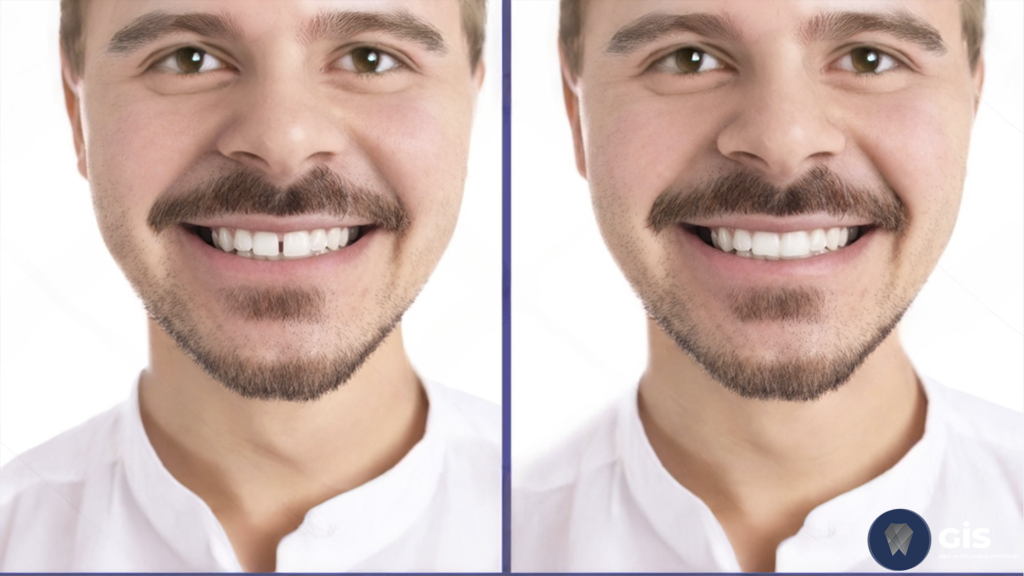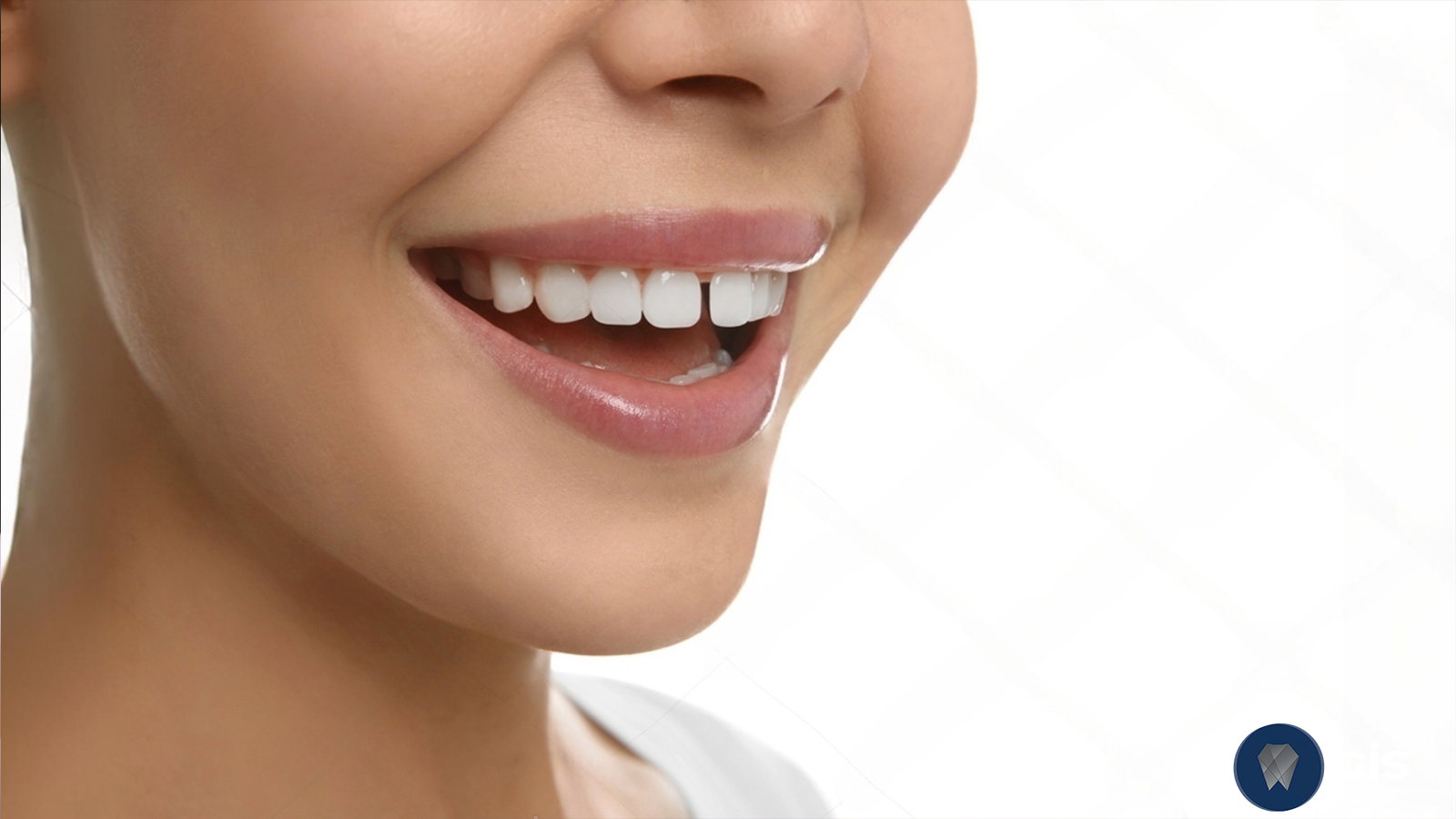Space Between Teeth
Gaps between teeth are a common oral health problem that many people encounter in their lives. This may occur due to naturally occurring gaps between the teeth, or due to structural defects in the teeth, misalignments, or tooth loss. These gaps, which can be aesthetically disturbing, can negatively affect the appearance of your smile. However, beyond aesthetic concerns, gaps between teeth also pose significant risks to oral health.
Food debris can accumulate in these spaces, which can lead to tooth decay, gum disease and bad breath. Gaps between teeth can also weaken the support structure of the teeth, paving the way for the development of more serious dental problems in the long run. Therefore, the causes of interdental spaces and how this problem can be solved is an issue that must be carefully addressed not only for aesthetics but also for general oral health.
Causes of Gaps Between Teeth
Gaps between teeth can occur due to multiple factors:
Genetic Factors
One of the most common causes of gaps between teeth is genetic factors. Some people may have gaps between their teeth due to the natural structure of their teeth. Individuals with similar situations in their family history experience such gaps more frequently.
Incompatibilities in Jaw Structure
Incompatibilities between the jaw and tooth structure can also lead to cavities. For example, if the jawbone is large but the teeth are small, the gaps between the teeth become more noticeable. Additionally, gaps may occur when the size and position of the teeth do not match the jaw structure.
Tooth Extractions
Missing teeth can cause gaps between teeth, especially after teeth extraction. After extraction, adjacent teeth may shift to fill the gap, causing gaps between other teeth.
Gum Diseases
Gum diseases can weaken the supporting tissues of the teeth, causing teeth to shift and create cavities. Such diseases prevent the teeth from adhering firmly to the jawbone, and gaps may grow over time.
Bad Habits
Some habits, especially during childhood, such as thumb sucking or tongue thrusting, can lead to misalignment of teeth and the formation of cavities.

Possible Consequences of Gaps Between Teeth
Gaps between teeth are not only an aesthetic problem, they can also have significant effects on oral health:
Aesthetic Problems
Gaps between teeth, especially when they are evident in the front teeth, can cause aesthetic concerns in a person’s smile. This situation can negatively affect a person’s self-confidence and cause discomfort in social environments.
Impairment of Chewing Function
Gaps between teeth can also negatively affect chewing function. During chewing, food can get stuck in the gaps, leading to discomfort or gum problems. Additionally, improperly aligned teeth can put excessive stress on the jaw joint, causing temporomandibular joint (TMJ) problems.
Gum and Oral Health Problems
The spaces between teeth can create suitable environments for food debris and plaque to accumulate. This may increase the risk of gum disease and cavities. Additionally, gum recession may occur in areas where there are gaps between the teeth.
How to Fill the Gap Between Teeth
Treatment of gaps between teeth varies depending on the cause and size of the gap, and today dentists apply various treatment methods that offer aesthetic and functional solutions to solve these problems. Orthodontic treatment stands out as the most effective and permanent solution to the gaps between teeth. By using braces or clear aligners, teeth can be properly aligned and gaps can be closed.
This treatment method is frequently preferred because it provides both aesthetic and functional results. For small gaps, the method called bonding can be applied; In this method, the dentist fills the gaps and reshapes the teeth using a tooth-colored composite resin material. While bonding offers a fast and economical solution, it may not be suitable for large gaps. In addition, veneers, which are thin porcelain coatings bonded to the front surface of the teeth, can correct the shape and color of the teeth as well as closing the gaps between the teeth.
This method, which offers very satisfactory results in terms of aesthetics, is more costly than bonding. Dental implants can be an effective solution for gaps caused by missing teeth. Implants fill the gaps by mounting artificial teeth on titanium screws placed in the jawbone, thus achieving a permanent and natural-looking result. All of these methods offer important options for closing the gaps between teeth and improving oral health.

Gaps between teeth can cause a variety of problems, from aesthetic concerns to oral health. Fortunately, thanks to the treatment methods developed in dentistry today, it is possible to close these gaps and have a healthy smile. If you are concerned about gaps between your teeth, you can consult a dentist to determine the most appropriate treatment method for you. Remember, not neglecting your oral health is also of great importance for your general health.



